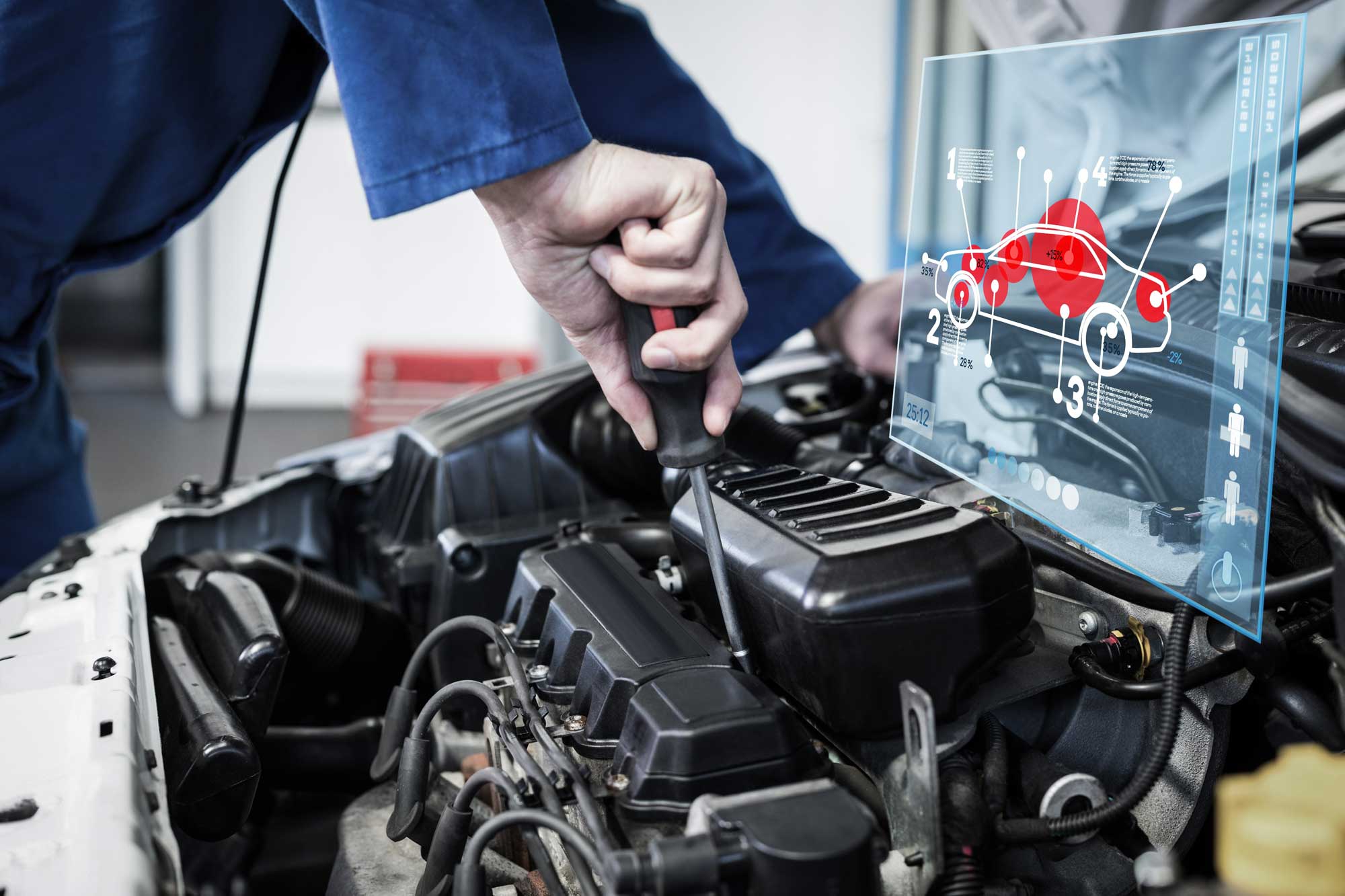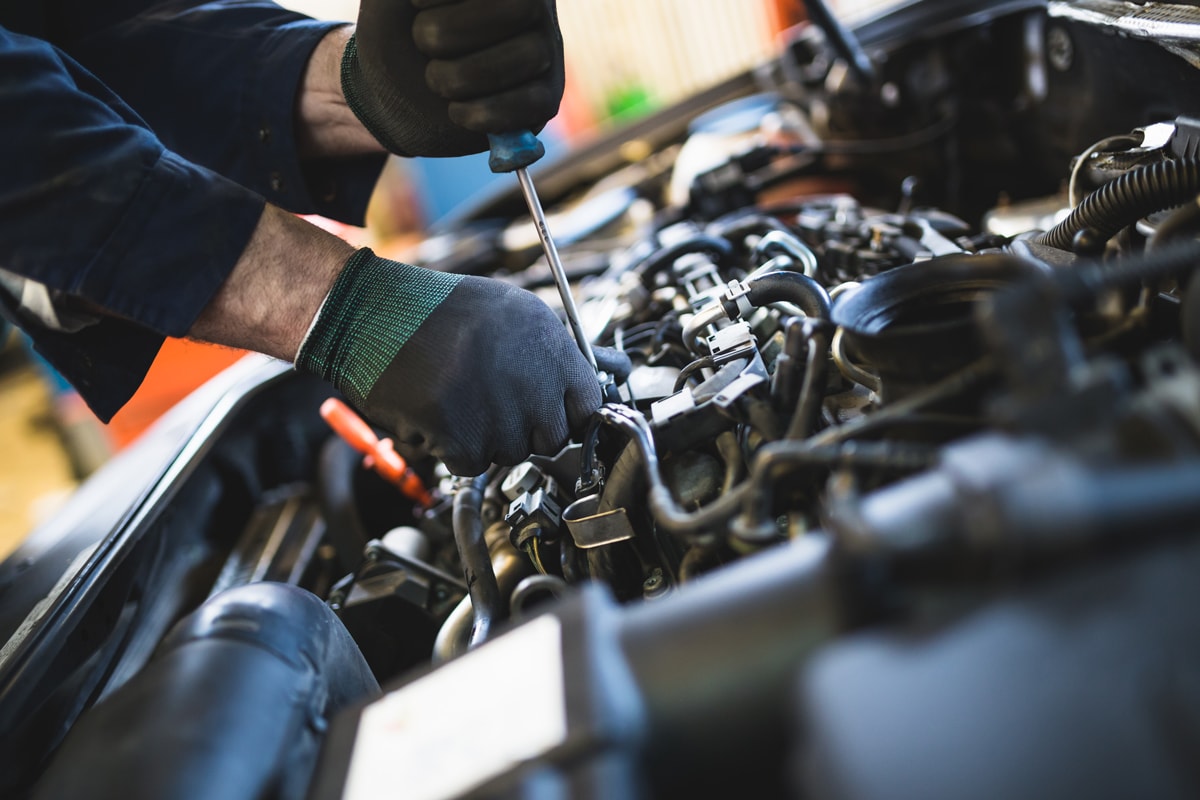All Categories
Featured
Tire rotations are one of the most basic yet most efficient maintenance tasks to ensure your automobile runs smoothly and safely. This routine service redistributes tire wear, providing numerous benefits for your auto's performance, safety, and your wallet.
What Does Tire Rotation Involve?
Tire turning is the procedure of regularly altering the position of each tire on your car. Front tires might be switched with rear ones, or tires might be moved diagonally. The specific pattern relies on factors like your vehicle's drivetrain (front-wheel, rear-wheel, or all-wheel drive) and the sort of tires you have.
![]()
Why Tire Rotations Are Crucial
Promotes Also Step Use. Different tires bear various amounts of weight and stress relying on their placement. Front tires typically use faster since they handle guiding and braking. Normal rotations cancel the wear, ensuring all 4 tires have similar step midsts.
Extends Tire Lifespan. Irregular wear results in early tire substitutes. Turning your tires can extend their life expectancy, saving you cash with time.
Boosts Car Efficiency. Balanced tires enhance security, dealing with, and grip. Whether you're collaring, braking, or driving on slippery roads, evenly worn tires ensure a smoother and more secure driving experience.
![]()
Improves Fuel Effectiveness. Tires with uneven tread wear can create extra moving resistance, which makes your engine work more difficult and eats more gas. Normal rotations assist keep optimal gas efficiency.
Makes Certain Safety. Worn tires can compromise braking range and control. By rotating your tires, you keep also wear and decrease the danger of blowouts or skidding.
Just How Often Should You Rotate Your Tires?
Specialists advise rotating your tires every 5,000 to 7,500 miles. A practical method is to combine tire turnings with oil adjustments. Nevertheless, always consult your automobile's owner handbook for details standards.
Usual Turning Patterns
Turning patterns depend on your vehicle's drivetrain and tire kind:
Front-Wheel Drive (FWD): Front tires move to the rear, and rear tires go across to the front.
Rear-Wheel Drive (RWD): Rear tires relocate to the front, and front tires go across to the back.
Four-wheel Drive (AWD): Tires comply with an "X" pattern to ensure balanced wear.
Directional Tires: These tires have to stay on the exact same side of the lorry and are exchanged front to rear.
Indications Your Tires Need Turning
Unequal tread wear.
![]()
Decreased gas effectiveness.
Vibrations while driving, particularly at high speeds.
Problem dealing with the automobile in unfavorable weather.
Last Ideas
Tire rotations are a simple method to shield your investment and enhance your driving experience. By redistributing wear, you can extend the life of your tires, enhance fuel effectiveness, and guarantee your safety and security when traveling. Set up normal tire rotations with a trusted auto mechanic and make it a consistent part of your automobile's upkeep routine.
What Does Tire Rotation Involve?
Tire turning is the procedure of regularly altering the position of each tire on your car. Front tires might be switched with rear ones, or tires might be moved diagonally. The specific pattern relies on factors like your vehicle's drivetrain (front-wheel, rear-wheel, or all-wheel drive) and the sort of tires you have.
Why Tire Rotations Are Crucial
Promotes Also Step Use. Different tires bear various amounts of weight and stress relying on their placement. Front tires typically use faster since they handle guiding and braking. Normal rotations cancel the wear, ensuring all 4 tires have similar step midsts.
Extends Tire Lifespan. Irregular wear results in early tire substitutes. Turning your tires can extend their life expectancy, saving you cash with time.
Boosts Car Efficiency. Balanced tires enhance security, dealing with, and grip. Whether you're collaring, braking, or driving on slippery roads, evenly worn tires ensure a smoother and more secure driving experience.

Improves Fuel Effectiveness. Tires with uneven tread wear can create extra moving resistance, which makes your engine work more difficult and eats more gas. Normal rotations assist keep optimal gas efficiency.
Makes Certain Safety. Worn tires can compromise braking range and control. By rotating your tires, you keep also wear and decrease the danger of blowouts or skidding.
Just How Often Should You Rotate Your Tires?
Specialists advise rotating your tires every 5,000 to 7,500 miles. A practical method is to combine tire turnings with oil adjustments. Nevertheless, always consult your automobile's owner handbook for details standards.
Usual Turning Patterns
Turning patterns depend on your vehicle's drivetrain and tire kind:
Front-Wheel Drive (FWD): Front tires move to the rear, and rear tires go across to the front.
Rear-Wheel Drive (RWD): Rear tires relocate to the front, and front tires go across to the back.
Four-wheel Drive (AWD): Tires comply with an "X" pattern to ensure balanced wear.
Directional Tires: These tires have to stay on the exact same side of the lorry and are exchanged front to rear.
Indications Your Tires Need Turning
Unequal tread wear.

Decreased gas effectiveness.
Vibrations while driving, particularly at high speeds.
Problem dealing with the automobile in unfavorable weather.
Last Ideas
Tire rotations are a simple method to shield your investment and enhance your driving experience. By redistributing wear, you can extend the life of your tires, enhance fuel effectiveness, and guarantee your safety and security when traveling. Set up normal tire rotations with a trusted auto mechanic and make it a consistent part of your automobile's upkeep routine.
Latest Posts
Find Affordable Auto Repairs with Montclare’s Exclusive Service Specials
Published May 26, 25
1 min read
Discover the Perks of Vinyl Fencing with Montana Fencing
Published May 21, 25
1 min read
Specialist Industrial Roof Solutions in North Platte, Nebraska
Published May 20, 25
2 min read